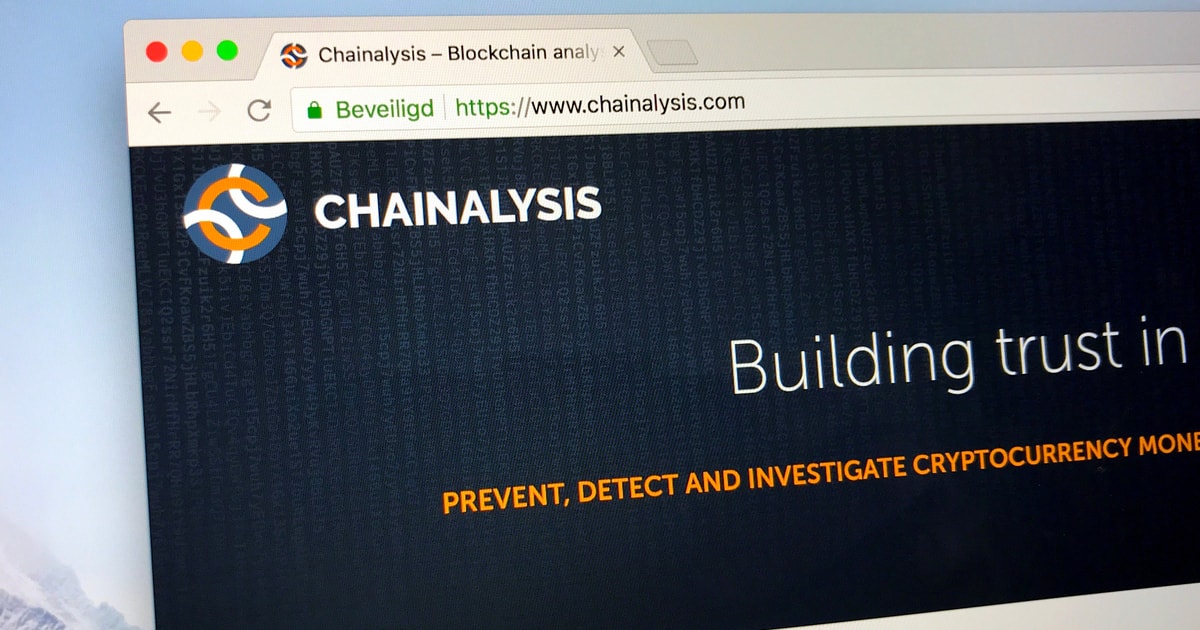lawrence jenga
October 23, 2024 20:14
Address poisoning scams, which target high-value users by mimicking frequent transaction addresses, are emerging as a serious threat in the cryptocurrency industry.
As the cryptocurrency landscape evolves, so do the tactics of cybercriminals. Address poisoning scams have emerged as a sophisticated threat that targets unsuspecting cryptocurrency users by exploiting the familiarity of their transaction history. According to Chainalytic, this form of fraud resulted in a single victim losing nearly $68 million in wrapped Bitcoin (WBTC), highlighting the scale and potential impact of such operations.
Understanding Address Poisoning Attacks
Address poisoning attacks are a deceptive tactic used by scammers to trick cryptocurrency users into sending funds to incorrect addresses. The process begins with the fraudster studying the target’s transaction patterns to identify frequently used addresses. They then create similar addresses, perform small transactions to ‘poison’ the target’s address book, and hope that victims will inadvertently send funds to these fraudulent addresses in the future.
These scams are facilitated through toolkits that are readily available on darknet marketplaces, allowing even non-technically skilled individuals to carry out these attacks. The kit includes software for generating lookalike addresses, automated scripts for seeding these addresses with micropayments, and detailed instructions for misleading victims.
Case Study: High-Stakes Fraud
One notable event occurred on May 3, 2024. A cryptocurrency whale almost lost $68 million in WBTC due to an address poisoning attack. The scammers tricked victims into transferring funds to similar addresses. After a series of negotiations, the attacker returned the funds despite making a $3 million profit due to the BTC price increase.
This case highlighted the high risks associated with the effectiveness of address poisoning fraud. It also highlighted the importance of performing small test transactions as a precaution when transferring large amounts.
Wider Impact and Response
Chainalytic’s investigation revealed a network of over 82,000 cryptocurrency addresses linked to this campaign, reflecting the widespread nature of these scams. Despite the low success rate of only 0.03% of addresses receiving significant funds, the potential return from the fraud is significant, representing a high return on investment for the perpetrators.
The victims of these scams tend to be experienced users with high wallet balances. This is because your campaigns target high-value, active participants. This shift in target preferences suggests that deception tactics are becoming increasingly sophisticated.
respond to threats
As these frauds become more prevalent, the need for robust blockchain intelligence and security measures becomes critical. Real-time monitoring and heuristics help you identify suspicious activity and prevent further losses. Chainalytic plays a pivotal role in this effort by providing technology to detect suspicious patterns and track illicit fund movements, enabling faster intervention by security teams and authorities.
Address poisoning scams serve as a stark reminder of the evolving threats in the cryptocurrency world. As these scams become more sophisticated, awareness among cryptocurrency users is growing and so is the need for proactive security measures.
For more information, see the Chainalytics website.
Image source: Shutterstock

